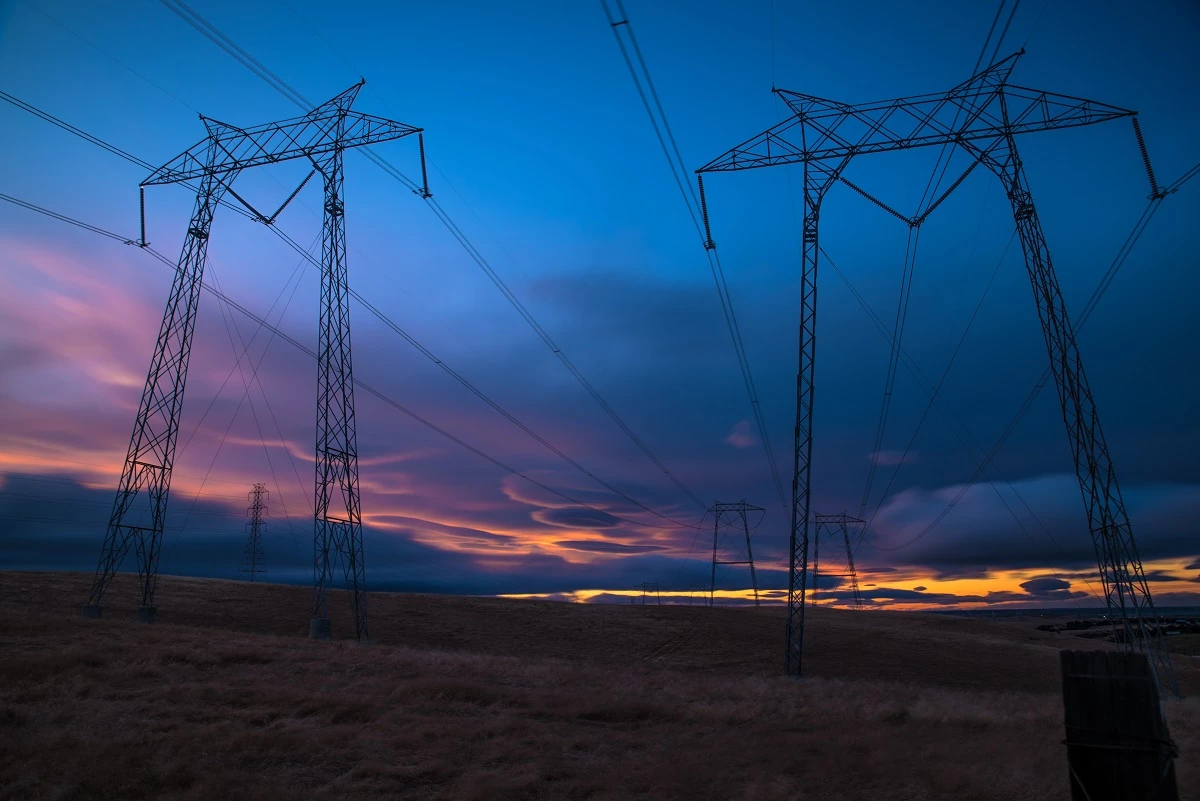
Member Article
Renewables on the brink of becoming Britain’s main power source
Renewables have moved ever closer to outstripping fossil fuels as Britain’s primary source of electricity, according to Teesside-headquartered energy market data analyst EnAppSys.
The Stockton-on-Tees-based firm’s latest report on the GB power market revealed that renewable projects generated 104.8TWh in 2019, just shy of the 115.1TWh produced by gas-fired power stations. This meant that renewables made up 34.9% of Britain’s overall annual power mix – in stark contrast to 2011 when that figure was just 8.9%.
Although gas plants remained the dominant electricity source last year (38.3%), renewables continued to close the gap largely on the back of new offshore wind projects coming on stream.
Wind farms remain the largest source of renewable power generation, providing 56.6% of the total (or 59.3TWh), and these figures could increase further as more wind farms come online. Biomass plants produced the second biggest share (25.6%, 26.77TWh), while hydro and solar generation, which both saw a slight increase in generation in 2019, provided the rest.
In contrast, levels of nuclear generation were down from 61.0TWh in 2018 to 53.0TWh last year, in part due to long-running outages at Dungeness B and Hunterston. Meanwhile, the decline of coal continued with this power source producing only 2% of Britain’s overall power in 2019.
There was also a notable 10% rise in electricity imports, aided by the new NEMO interconnector to Belgium – meaning that net imports climbed to a record high of 21.4TWh last year. These levels of imports should continue to rise in future years as more connections go live due to the higher carbon prices that apply within Britain, which effectively mean that a British power station will have a higher cost of generation than an identical one in France or the Netherlands.
Paul Verrill, director of EnAppSys, said: “Last year renewables continued their ongoing rise and, based on current trends, look set to overtake gas as Britain’s main power source. When that will be is open to question. It could have been as early as this year, but overall levels of renewable generation have slowed recently despite the rise in offshore wind farm projects.
“Nuclear generation has dropped by 20% since 2016. The Dungeness B and Hunterston plants are approaching the end of their working life and have been undergoing maintenance and inspection to ensure safe operation when they come back online.
“Levels of interconnector capacity are set to grow significantly in future years as further interconnections to France and other markets such as Norway and Denmark are built. This will potentially allow for greatly increased levels of interconnector imports. Whether this happens or not largely depends on whether the current difference in carbon pricing between Britain and the continent remains in place.
“In Britain the Carbon Price Support levy, which amounts to roughly £18 per tonne of CO2, is significantly higher than carbon taxes imposed by other European countries. If this disparity remains, it is likely to drive further electricity imports from the continent while simultaneously disadvantaging domestic power production.”
The market in 2019 saw electricity wholesale costs fall 25% year-on-year from 2018, dropping from £57.44/MWh on average to £42.86/MWh. This situation arose due to a significant decrease in gas prices, which more than offset the rise in carbon prices.
In 2019 gas-fired power stations generated 38% of all power, renewables 35%, nuclear 18%, imports 7% and coal-fired power stations 2%.
This was posted in Bdaily's Members' News section by EnAppSys .
Enjoy the read? Get Bdaily delivered.
Sign up to receive our daily bulletin, sent to your inbox, for free.




 test article 123456789
test article 123456789
 hmcmh89cg45mh98-cg45hm89-
hmcmh89cg45mh98-cg45hm89-
 test456456456456456456
test456456456456456456
 test123123123123123123
test123123123123123123
 test xxxdiosphfjpodskhfiuodsh
test xxxdiosphfjpodskhfiuodsh
 Savour the flavour: North Tyneside Restaurant Week returns for 2024
Savour the flavour: North Tyneside Restaurant Week returns for 2024
 Six steps to finding the right buyer for your business
Six steps to finding the right buyer for your business
 Stephen signs off on a special night
Stephen signs off on a special night
 Life’s a Peachaus: Gillian Ridley Whittle
Life’s a Peachaus: Gillian Ridley Whittle
 Making a splash: Phil Groom
Making a splash: Phil Groom
 Making workplace wellbeing a priority
Making workplace wellbeing a priority
 A record of delivery, a promise of more: Ben Houchen
A record of delivery, a promise of more: Ben Houchen